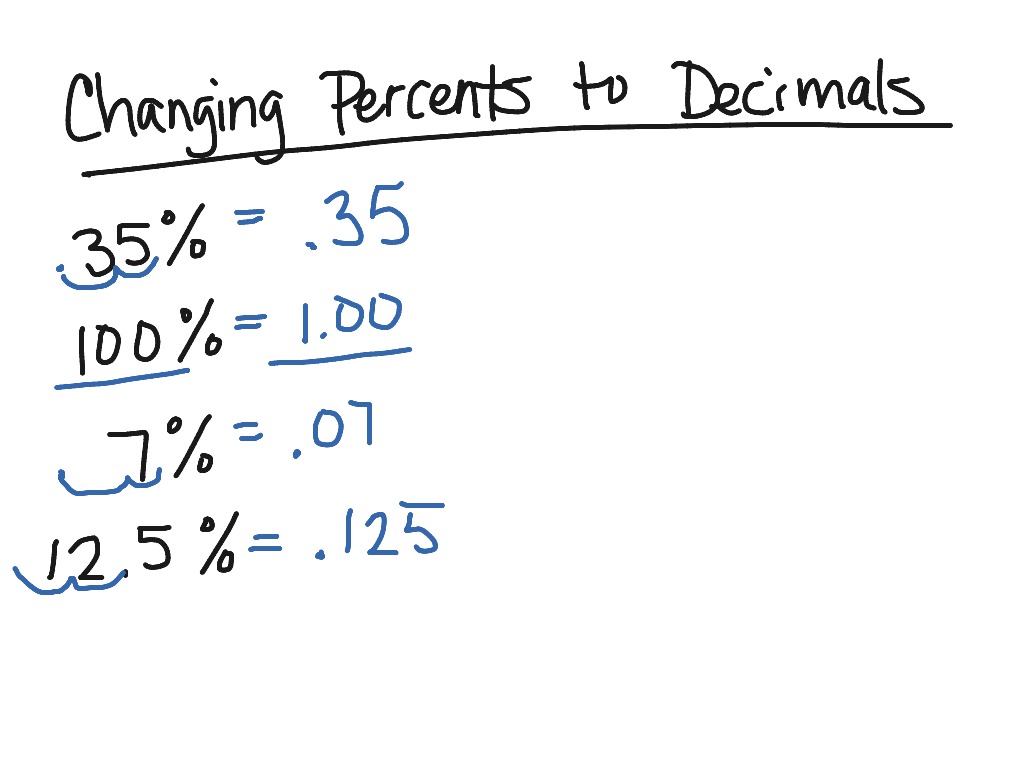

In academics, percentages are used to evaluate the performance of students.

Profits and losses are calculated in percentages.Financial institutions such as banks and SACCOS express the interest charged on loans in form of percentages.Discounts on commodities are represented in percentages.Percentages are part of our daily lives in the following examples: Percentages are written inform whole numbers, fractions or decimals. Similarly, percentage is sometimes denoted by an abbreviation ‘pct.’ For example, we can express 50 percent as 50% or 50 pct. The symbol (%) is used to denote percentage. The term per cent originates from a Latin word ‘per centum’ which means per 100. Percentage in mathematics is a number or ratio which can be represented as a fraction of 100. Later came the term “per”, and finally in 1925, D.E. After its frequent use, the mathematicians abbreviated it as “pc” in 14 th century. In the 17 th century, a standard was set to quote interest rates as 1/100. Later in the Middle Ages, the use of 1/100 fraction became more common. For example, they imposed taxes on goods give by the fraction 1/100, which is equivalent to computing percentages. When there was no decimal system, the Ancient Romans used to do calculations of fractions as the multiples of 1/100. The percentage term was not very old but the method was common. For example, we state that, the percentage of bright students is 95%. Percentage on the other hand is generally used without a number to refer to the word percent. Percent or the sign (%) is normally used accompanied by a numerical value.įor example, we can say, 95 percent or 95% of the students are bright. Well, percent and percentage are slightly different in their usage but they have a similar meaning. The terms percent and percentage are interchangeably used in many situations, but do they mean the same thing? Percentage of a Number – Explanation & Examples


 0 kommentar(er)
0 kommentar(er)
